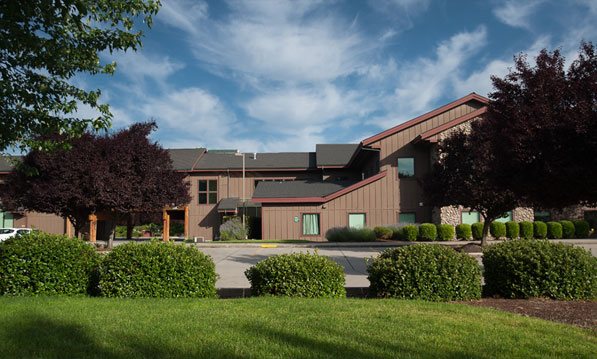What is PRP?
There is a new therapy that is utilized to relieve pain from tendon injuries or osteoarthritis. This amazing new option does not require surgery and takes under an hour to complete. It is called Platelet-Rich Plasma, or PRP as it is known. Paragon Orthopedic Center has been performing these injections for over 4 years and has seen great success in pain relief. We have injected over 400 patients with PRP, ranging from high school and college athletes to patients in their 70’s. If you or someone you know endures chronic tendonitis, slow healing injuries or certain forms of osteoarthritis, this might be a great solution. Another benefit of this therapy is that it allows the body to begin healing more quickly. Want to know more? Continue reading to further understand this innovative technique.
How Is It Done?
PRP injections are performed in one of our examination rooms, using the ultrasound machine to guide the injection into the damaged tendon or joint space. First, the patient’s blood is drawn by our trained technicians. This blood is placed in a special centrifuge and the platelets are separated from the other blood components, taking about 15 minutes. Only platelets are needed because they are what aid in the healing process by binding together when they recognize injury within the body. This is called platelet-rich plasma (PRP). With the aid of an ultrasound machine, this PRP is injected back into the damaged tissue.
Then What?
Patients must rest that area for 2 weeks in order to allow the platelets to work in that injection area. The platelets release special growth factors that stimulate the regeneration of the blood vessels and new tissue during this time. After this rest period, physical therapy is suggested for 6 weeks. Dr. Bents likes to see his patients at 2 and 6 weeks after the injection for evaluation. Certain patients require more than one injection before they see improvement. The majority of patients find that they are able to return to their pre-injury activities with excellent pain relief.
Am I a Candidate?
The most common condition that responds well to PRP is rotator cuff tendonitis. We have also had excellent success with lateral elbow pain (tennis elbow) and Achilles tendonitis. Patients who have moderate arthritis in the knee, hip, or shoulder may be candidates as well. There have been studies showing up to 12 months of relief from PRP injections in knees with arthritis. This therapy is considered after other therapies have failed, such as anti-inflammatory medications, rest, and physical therapy.
What do I do if I want to give PRP a try?
Dr. Bents can perform injections in the office with an appointment. Call our office today to schedule an evaluation: 541-472-0604, Monday through Friday, 8am to 5pm.
The following articles were referenced for this newsletter:
https://www.emoryhealthcare.org/sports-medicine/procedures/advanced-techniques/prp-therapy.html

 Do you have healthy feet? While you might eat a healthy diet, exercise routinely, and educate yourself on a healthy lifestyle, this question might be tough to answer. High heels, worn out workout shoes, and shoes with little support can lead to stress on the feet that affects other parts of the body. Did you ever consider that those $5 flipflops offer no support, possibly leading to muscle strain and lower back pain? High heels can shift your weight so that you are stressing your hips and back. You might be wondering why your back has been so sore when the answer has been on your feet.
Do you have healthy feet? While you might eat a healthy diet, exercise routinely, and educate yourself on a healthy lifestyle, this question might be tough to answer. High heels, worn out workout shoes, and shoes with little support can lead to stress on the feet that affects other parts of the body. Did you ever consider that those $5 flipflops offer no support, possibly leading to muscle strain and lower back pain? High heels can shift your weight so that you are stressing your hips and back. You might be wondering why your back has been so sore when the answer has been on your feet. A current health trend is for “minimalist shoes,” and while some studies show they have benefits, you do not want to jump into a pair and hit the road for marathon training. If you are used to wearing a bulky shoe, the shoe is doing the work and your body will not be ready to take on that load immediately. A minimalist shoe allows the foot, ankle, and lower leg to do the support work and stability when your body is in motion.
A current health trend is for “minimalist shoes,” and while some studies show they have benefits, you do not want to jump into a pair and hit the road for marathon training. If you are used to wearing a bulky shoe, the shoe is doing the work and your body will not be ready to take on that load immediately. A minimalist shoe allows the foot, ankle, and lower leg to do the support work and stability when your body is in motion.